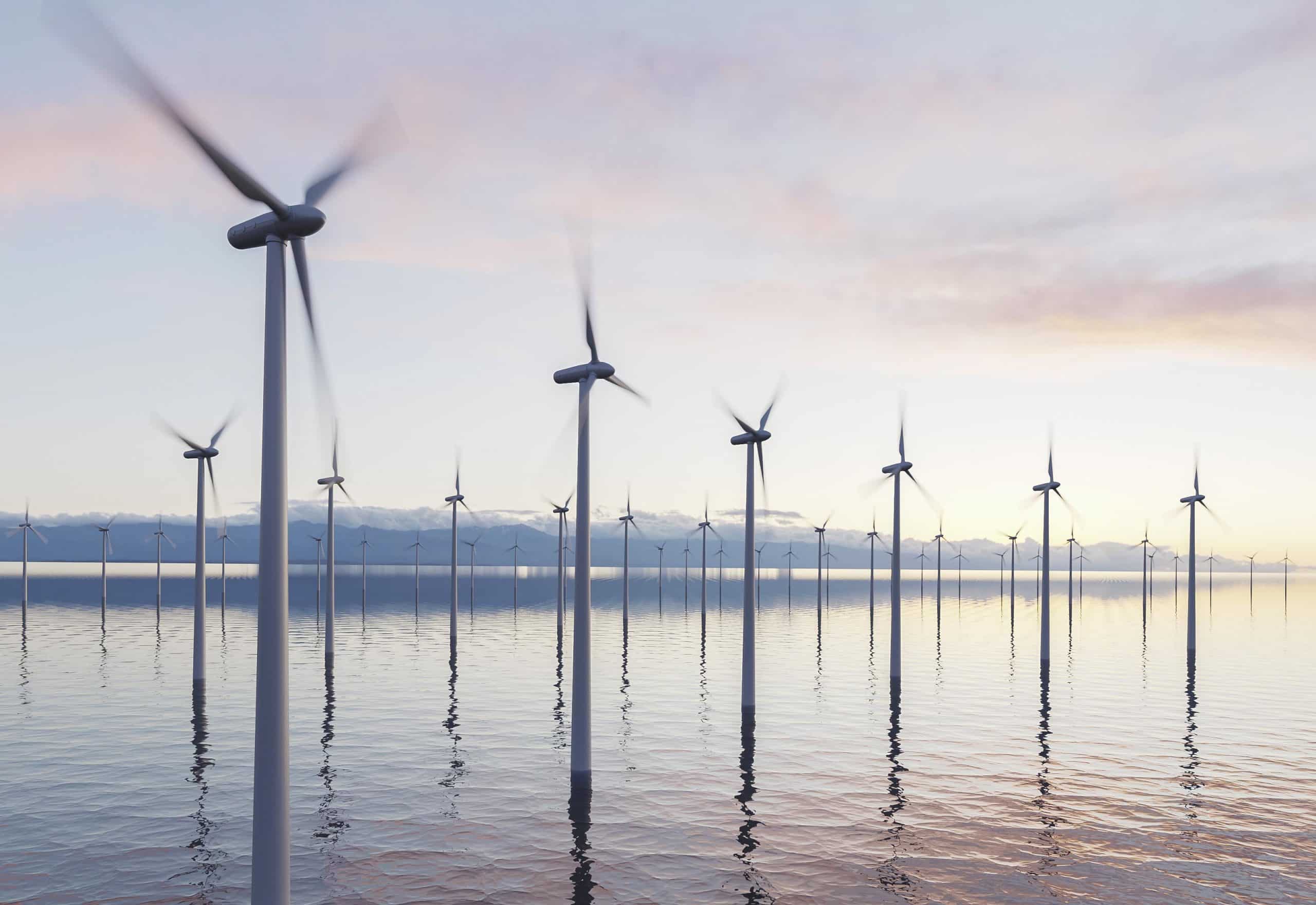U.S. Interior’s Environmental Analysis of Gulf of Mexico Offshore Wind Leasing Finds No Significant Impacts

The Bureau of Ocean Energy Management on May 30 published a final environmental assessment of the potential effects of offshore wind leasing in the Gulf of Mexico. This represents a significant milestone in the prospect of the region’s inaugural offshore wind lease sale and is in-line with the objective of the Biden administration to achieve a 30-gigawatt offshore wind energy capacity by 2030 and state commitments of almost 40 gigawatts by 2040. In February, the bureau announced its first proposed offshore wind lease sale in the area, which includes a 102,480 acres offshore Lake Charles Louisiana, and two areas offshore Galveston, Texas, one comprising 102,480 acres and the other 96,786 acres, with the potential to power almost 1.3 million homes.
After thoroughly analysing the review, the agency determined that there are no significant adverse impacts on environmental resources. The assessment covered a 30-million-acre area west of the Mississippi River to the Texas/Mexican border. The announcement owes its success to the dedicated efforts of the Gulf of Mexico Intergovernmental Renewable Energy Task Force established in 2021 as a partnership between federal, state, and local agencies, along with Tribal governments to coordinate renewable energy planning activities on the Outer Continental Shelf in the Gulf of Mexico. The bureau hosted the fourth meeting of the task force on April 11, 2023. Serving as a collaborative forum, the task force facilitates stakeholder discussions, data exchange, and opportunities for collaboration related to ocean use and resources. BOEM announced two Wind Energy Areas offshore Texas and Louisiana, totaling about 682,000 acres, on Oct. 31, 2022. These areas are part of the larger Call Area and have been deemed suitable for wind energy development.
In the event that BOEM chooses to proceed with the sale, a final sale notice will be published at least 30 days ahead. The agency will develop environmental reviews for any upcoming offshore wind projects, analysing environmental consequences by engaging tribes, government agencies, stakeholders, and the public.
The U.S. offshore wind industry is experiencing significant growth, driven by the expansion into new leasing areas and the national target of achieving 30 gigawatts by 2030, along with ambitious state-level commitments. The Inflation Reduction Act of 2022 has lifted the ban on wind leasing off the Southeast coast and introduced new tax credits. The administration’s Investing in America agenda, aimed to spur domestic manufacturing, strengthen supply chains, boost U.S. competitiveness and create jobs is expected to drive over $470 billion in private sector manufacturing and clean energy investments. According to the U.S. Department of Energy (DOE), there are approximately 40 gigawatts of offshore wind projects at various stages of development in the United States.
EnerKnol Pulses like this one are powered by the EnerKnol Platform—the first comprehensive database for real-time energy policy tracking. Sign up for a free trial below for access to key regulatory data and deep industry insights across the energy spectrum.
ACCESS FREE TRIAL